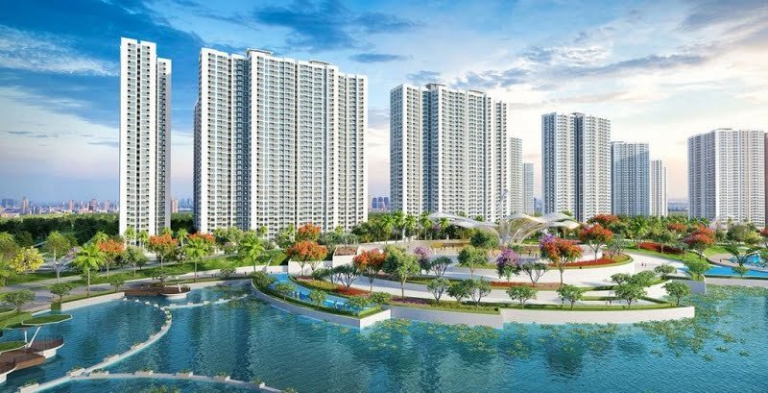A Smart City has many emerging definitions. The flexibility on this definition provides cities the opportunity define its packages, policies and procedures according to its own local set of goals and needs. Smart City definition frameworks are being designed as well as marketed by teachers, companies, urban links and the media, as well as the using technologies like smart properties. Through this cacophony involving frameworks, a foundation has come about that help define parts of Smart City interest, activity and measures. Most frameworks use the word SMART just as one acronym to imply Specific, Measurable, Attainable, Relevant, and Time-based goals. These same frameworks provide the definition of 10 Smart City factors:
• Energy
• Water
• Waste
• Infrastructure
• Public Safety
• Training
• Healthcare
• Green Properties
• Transportation
• Citizen Companies
The interesting thing about Smart City initiatives could be the closely integrated manner in which seemingly disparate aspects work together. As cities commence their transformative method into Smart Cities, it helps to take into consideration the manner in which cities will need to tackle the social, fiscal, engineering and environment challenges. And this manner will center on Knowledge.
As we identify the challenges of living in a highly connected, Information age group world, it helps to be able to relate to our cities because organisms. If the metropolis is a body, only then do we have seen its evolution from the Agrarian Community to the Information Age through the development of methods. Each city possesses his own cardiovascular system (traffic, mass transit), bone system (infrastructure), respiratory along with digestive systems (power, waste) and even a primitive nervous system (telecommunications). In order for a city to provide access to its intelligence guiding the knowledge and become any Smart City, the development from the Intelligence System that joins the central nervous system to a brain is required–enter smart structures.

Due to the implementation involving vast information technology (This) solutions over the past a long time by cities, the world has designed a cornucopia of data. This files comes in all shapes and sizes and enables a whole lot of tasks to be conducted more effectively and proficiently. The issue is not if the city has the proper data to become a Smart Metropolis, the issue is how. Media as well as marketing people are calling this particular emancipation of data being freed from their silos “Big Data.” Because of this an enormous body of information has the ability to enter your city’s body and freely circulate. The actual job of today’s cities The idea department is not to simply secure people from engaging in a city’s system, but exactly how to control and control the glut of knowledge that will be trying to get out there. A major issue for any city’s IT division is how to manage “Big Files,” now that it can be let loose so easily. The cities that solve this issue will be on the correct path to being a Smart Town. Those that don’t can experience what other organisms expertise when there is too much obstruction in its nervous system, an explanation.
The focus on Massive Data and your city’s behavior towards the data’s management is a vital element towards like a truly Smart City. A smarter, efficient city that might encompass aspects of wise transportation, security, electricity management, CO2 pollution levels, and sustainability can be contingent on the rendering of a Big Data ideal plan to enable determination makers and specialists to perform their careers. In response, some cities have got an Open Data procedure for assist in making its information available to the general public, which has spawned an emerging marketplace for the development and purchase of “Apps” to enable this specific Open Data into the future alive and provide price to a user.
There exists a proactive approach involving identifying and controlling your city’s digital DNA. The building blocks to efficiently and effectively use city files will ultimately reside in the city’s ability to repurpose its existing data as well as documents associated with the Built Environment, which is the authenticated digital Genetic make-up of all cities. Built Atmosphere data is already grabbed by city’s in several formats and processes; Building Departments, Engineering Departments, Land Departments, Arranging Departments, Tax Sectors, Postal Services, each will collect and control vast amounts of data any time viewed as a whole, make the virtual representation of the physical city. The accuracy, authentication and incorporation of this city info is the key to a practical approach to entering a path to becoming a Smart Town. Without proper digital DNA construction and management, the particular connectivity from your city’s nervous system to the brain will likely be problematic, inhibiting functionality and the evolution of the city to a Smart Town.
More info about vinhomes smart city net page: visit site.